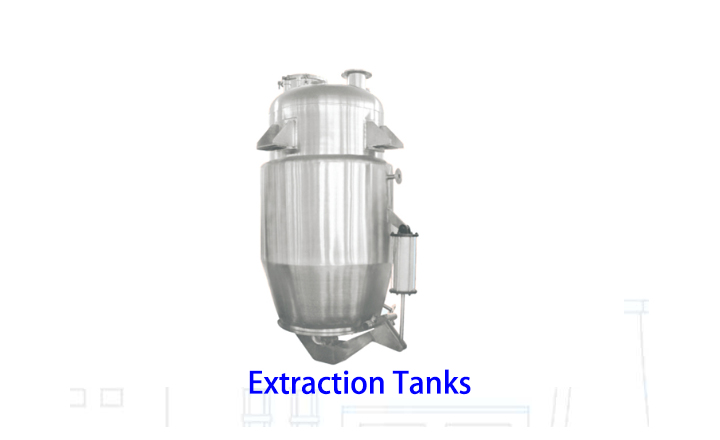Oil extraction is a process that has been practiced for centuries, providing us with essential oils for cooking, industrial uses, and various other applications. There are several methods to extract oil, each with its own characteristics and applications.
Mechanical Pressing
One of the most traditional ways to extract oil is through mechanical pressing. This method is relatively straightforward. For example, when extracting oil from seeds like sunflower seeds or rapeseeds, the seeds are first cleaned and sometimes pre - treated, such as being roasted to enhance the flavor and oil yield. Then, they are fed into a mechanical press. The press exerts a high amount of pressure on the seeds. As the pressure increases, the cell walls of the seeds are broken, and the oil is squeezed out. This method is simple and can be used on a small - scale, even in a home kitchen for making small batches of oil. However, the oil obtained may not be as pure as that from other methods, and the yield might be relatively lower in some cases.
Solvent Extraction
Solvent extraction is another common method, especially for large - scale industrial production. In this process, a suitable solvent, such as hexane, is used. The raw material, like soybeans, is first flaked to increase the surface area. Then, it is placed in contact with the solvent. The solvent has the ability to dissolve the oil present in the raw material. After the oil is dissolved in the solvent, the mixture is separated. Through a series of evaporation and distillation steps, the solvent is removed from the oil, leaving behind a relatively pure oil product. This method can achieve a higher oil yield compared to mechanical pressing.
The Role of Extraction Tanks in Solvent Extraction
In the solvent extraction process, Extraction Tanks play a crucial role. These tanks are designed to provide an optimal environment for the interaction between the raw material and the solvent. They are usually made of materials that are resistant to the chemical properties of the solvent used. Inside the Extraction Tanks, the flaked raw material is evenly distributed, and the solvent is carefully introduced. The tanks are equipped with agitation systems to ensure that the solvent can thoroughly penetrate the raw material and dissolve the oil. The temperature and pressure inside the Extraction Tanks can also be adjusted according to the requirements of the extraction process. This precise control helps in maximizing the oil extraction efficiency and ensuring the quality of the extracted oil.
Supercritical Fluid Extraction
Supercritical fluid extraction is a more advanced method. Supercritical carbon dioxide (CO₂) is often used as the extraction medium. At a specific temperature and pressure, CO₂ enters a supercritical state where it has properties of both a gas and a liquid. This supercritical CO₂ can dissolve the oil in the raw material. After extraction, by reducing the pressure, the CO₂ returns to its gaseous state, leaving behind the pure oil. This method is considered more environmentally friendly as CO₂ is non - toxic and easily removable. It also allows for the extraction of high - quality oils with minimal damage to the oil's natural components.
In conclusion, the choice of oil extraction method depends on various factors such as the type of raw material, the scale of production, the quality requirements of the oil, and cost considerations. Whether it's the simple mechanical pressing for small - scale production or the more complex industrial methods involving Extraction Tanks and supercritical fluid extraction, each method contributes to meeting the diverse needs for oil in our daily lives and industries.

GET A QUOTE